It’s crawfish season! Time to pinch some tails, suck some heads, and enjoy those mudbugs. Crawfish are perfect in soups, stews, platters, or boiled and spread out over a table for friends and family. Crawfish are most noticeable and generally associated with Mardi Gras. After the rigors and stress of the holidays, everyone is ready to let the good times roll.
Crawfish season can run from November through July, but the prime crawfish season is February through May. For farmers and industry professionals, the season begins when the crawfish are deemed large enough, offer good availability, and are sold at a fair price. That fair price is determined by many factors, some out of the farmers’ and consumers’ control. What are crawfish market prices for 2024, and what should you expect when buying them?
Crawfish Market Prices 2024: Expect Pricing Increases

Expect the cost of crawfish to rise in 2024.
©Aimee Lee Studios/Shutterstock.com
Crawfish market prices for 2024 are likely to be higher than those over the past recent years. In 2021, the market prices for crawfish were at an all-time low. They were $1.75 per pound for live crawfish and $2.39 per pound for boiled crawfish. Last year in Louisiana, crawfish averaged $2.49 per pound. However, crawfish prices are expected to at least double in 2024, up to $7.00 per pound or more. The spike in price is due to several factors, the biggest of which is the severe drought and extreme heat that occurred from mid-2023 forward.
Factors Affecting 2024 Crawfish Market Prices
There have always been annual factors that influence crawfish market prices. This past year, each one of those factors has experienced some level of disruption or turmoil. Climate conditions and weather play a huge role in crawfish availability, and they certainly are influencing the 2024 crawfish market. Additional influences are the amount and quality of water, supply and demand, and rising costs associated with industry-related expenses.
Climate and Weather Factors
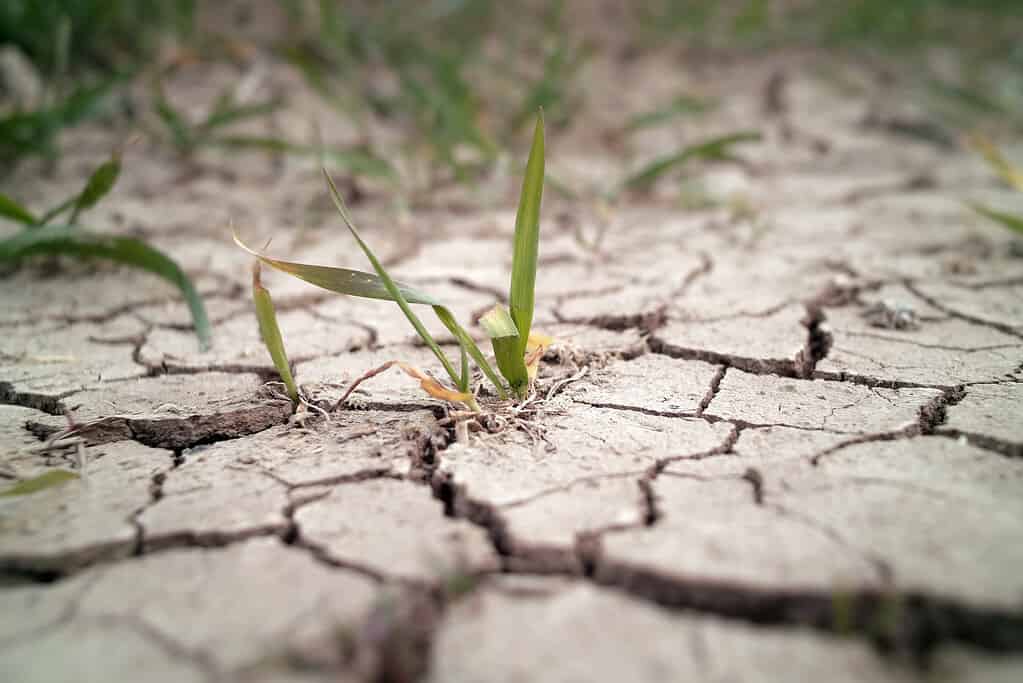
Drought conditions and extreme heat have caused crawfish ponds and accompanying crop fields to dry up and crack.
©zhuda/iStock via Getty Images
Crawfish like warm and wet conditions. Last year at this time, 6% of Louisiana was reported to be in drought conditions. This year, according to the weekly U.S. Drought Monitor, that figure is a staggering 99%. Included in that number are some of the largest crawfish breeding areas.
While being in an extended drought, these same areas have experienced prolonged extreme heat. Crawfish fields that are normally full of water in January are still dry and showing cracks in the ground. Those cracks allow dry air and heat to reach the burrows that crawfish go to seek relief from the heat. Less available water means that farmers cannot flood their fields as they would normally do to harvest crawfish. The drought causes wintertime food sources for the crawfish, like rice and other crops, to dry up, wither, and disappear.
To get an idea of the depth of the problem, the Louisiana State University (LSU) AgCenter estimates that the drought has affected roughly 45,000 acres of crawfish ponds just in Louisiana, with an estimated damage cost approaching $140 million.
Increased Salinity Levels in Freshwater Areas
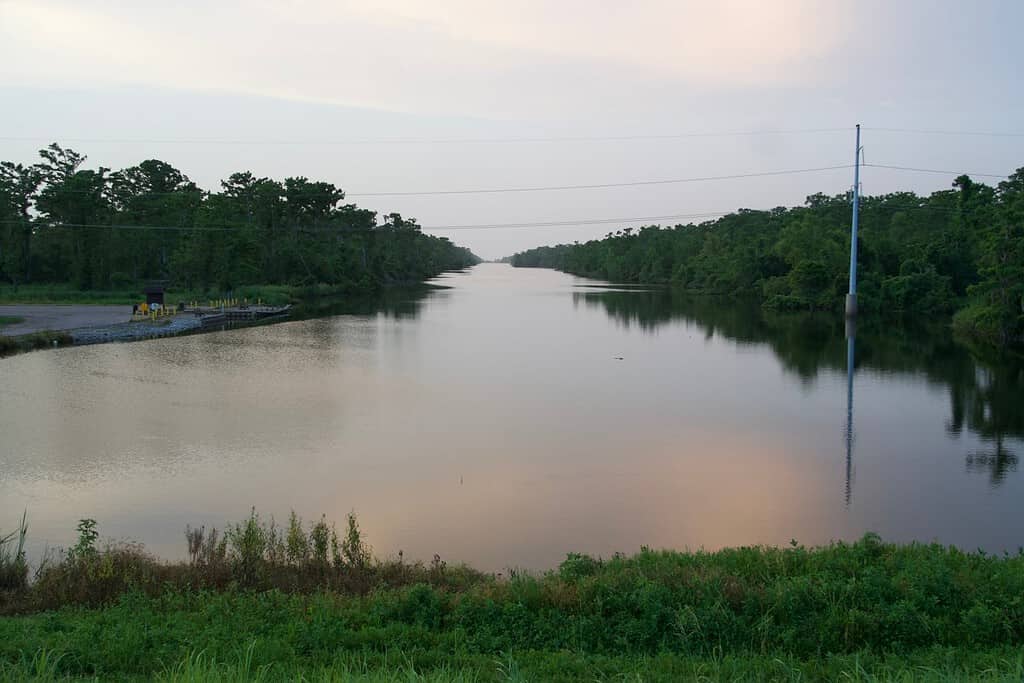
When thresholds are low on Intracoastal streams, Gulf waters can back up into them, causing high salinity levels in normally freshwater areas.
©Ilene Kay Hurd/Shutterstock.com
The extreme drought conditions also affect the water sources in other ways. Many waterways along a 450-mile stretch from Jackson, MS, to the Ohio River are below their threshold. According to the National Oceanic and Atmospheric Administration and U.S. Geological Survey, when those thresholds are low, salt water from the Gulf of Mexico makes its way upriver as far as New Orleans. Testing has shown increased salinity in normally freshwater crawfish areas. The levels are considered high enough to affect 2024 crawfish production.
Supply and Demand an Issue in 2024
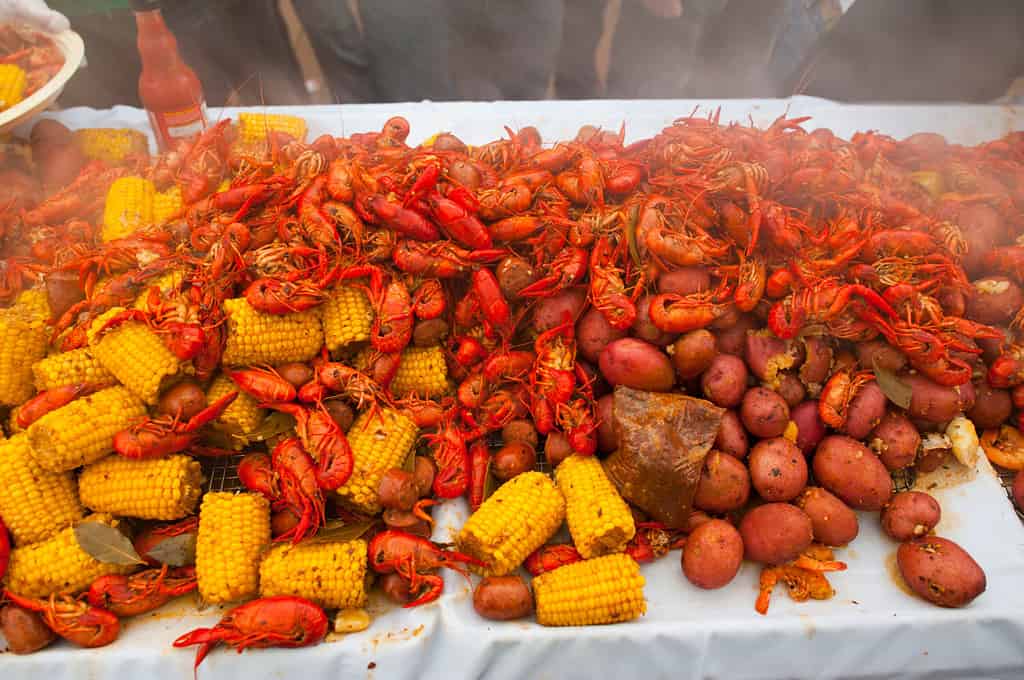
Early February, during Mardi Gras and the Lenten season, demand for crawfish is at its peak.
©Marie Sonmez Photography/Shutterstock.com
Unsurprisingly, supply and demand play a part in crawfish prices, just as it does with many consumer products. Mardi Gras Carnival season, Fat Tuesday, and holidays like Good Friday and Easter always increase crawfish demand. This is peak crawfish season. Suppliers are eager to sell their crawfish. It’s not too hard to see that in a down year, production-wise, demand can outpace supply, causing prices to rise. Additionally, the increased nationwide popularity of Cajun and Creole cuisine has put added pressure on the crawfish market.
Rising Prices on Farming Related Expenses
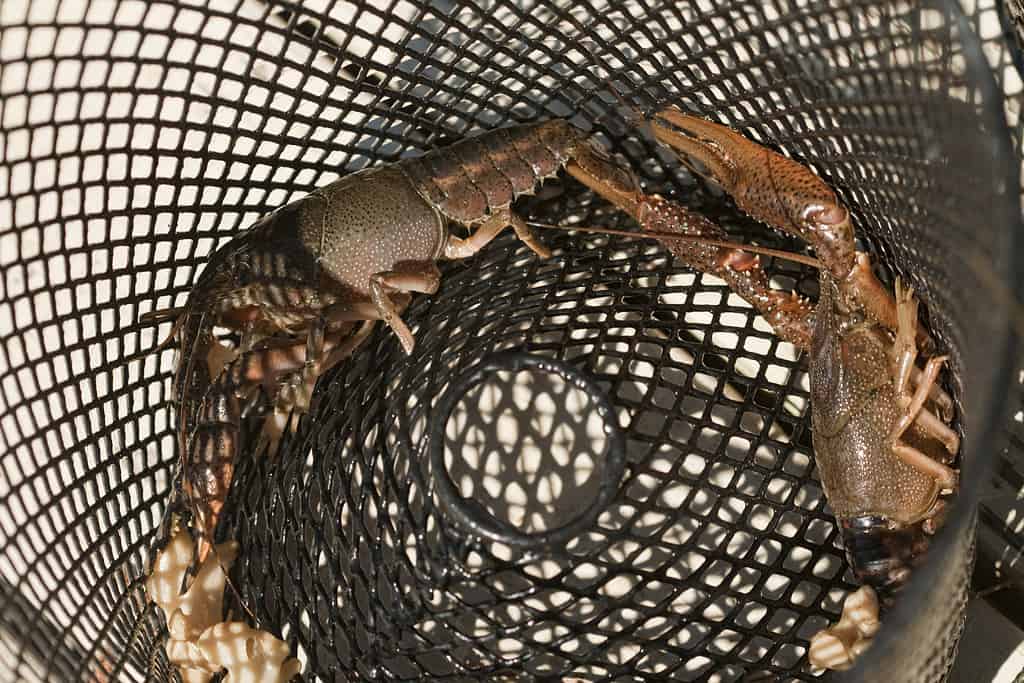
Rising prices on everything from labor costs to supplies to permits can add to the cost of buying crawfish in 2024.
©kathyclark777/iStock via Getty Images
Additional factors that can play a part in market prices for crawfish are the things used by crawfish producers as regular parts of their industry. Crawfish farmers are already dealing with the results of extreme heat and prolonged drought. But they also report increased costs of labor, bait, boat and equipment upkeep, harvest and shipping costs, and more.
Depending on the farmer and his business, there is also the expense of permitting and regulatory issues. For example, in Louisiana, depending on who sells and who buys the crawfish, there are licenses and permits that are needed, ranging from simple parish permits to state-issued transportation and retailer licenses.
When Should You Buy Crawfish

Crawfish are generally lowest-priced and most readily available in early spring through early summer.
©frantic00/iStock via Getty Images
Even though extreme climate circumstances have caused damage estimated at $140 million to the crawfish industry this year, crawfish farmers are seeing the emergence of a late start to the season. In more traditional warm and wet years, crawfish are available for Christmas parties and celebrations.
This year, crawfish are starting to emerge later than usual, causing a change in plans for some customers and consumers alike. However, producers say that there will be enough available for the Lenten and Easter holiday season when crawfish are in peak demand. They may, however, be smaller than in past years.
The best time to find crawfish is still in the spring and early summer, from late February through May. Producers urge anyone with plans that include a large amount of crawfish to put in their orders early to ensure their order is filled with the best quality crawfish available.
Overall Crawfish Price Outlook for 2024
The start of the 2024 crawfish season is delayed due to unprecedented drought and prolonged extreme heat. That climate combination also damaged the expected production numbers of crawfish. The addition of rising costs and prices of related goods and services put even more strain on an already volatile situation.
Thankfully, farmers are starting to see the emergence of crawfish, so the crawfish season will happen with a later-than-normal start. Due to normal supply and demand, however, crawfish prices are expected to be high, maybe between $7.00 and $11.00 per pound, depending on if you are looking for live, boiled, or prepackaged tail meat. “Laissez less bons temps rouler.”
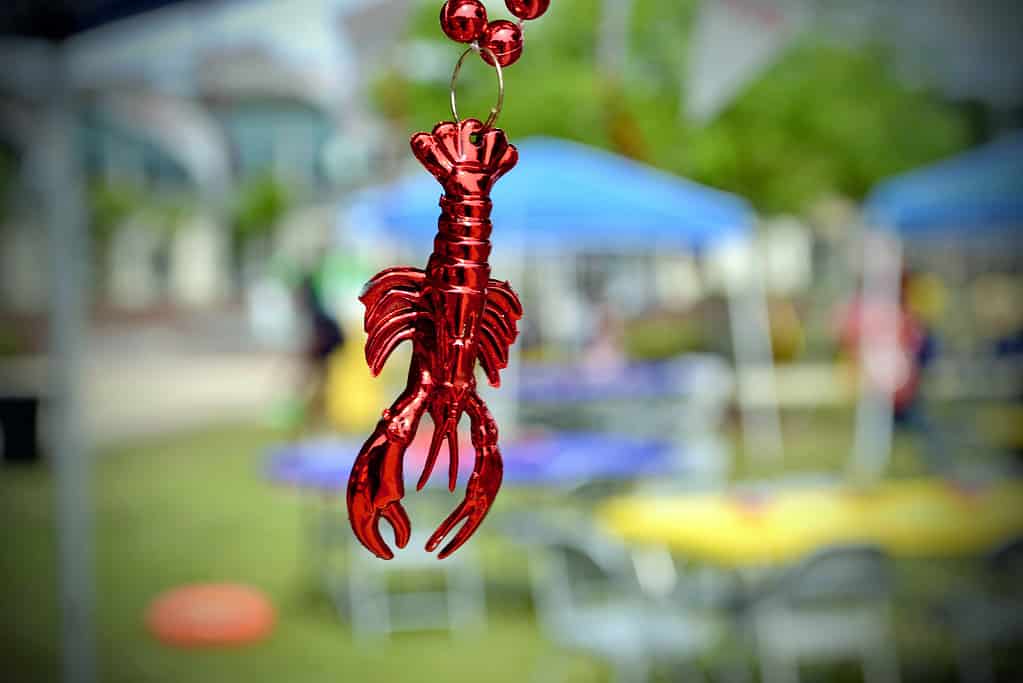
Crawfish season is starting a little later in 2024, but with planning, you can still enjoy the tasty crustacean at your favorite times of the year.
©Savanna Jones/iStock via Getty Images
The photo featured at the top of this post is © zhikun sun/iStock via Getty Images
Thank you for reading! Have some feedback for us? Contact the AZ Animals editorial team.






